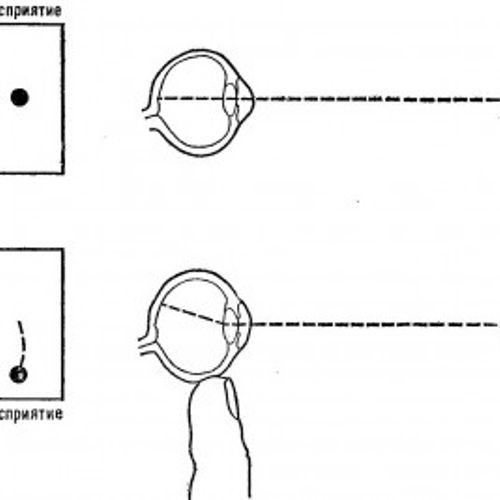
| Added | Fri, 07/10/2016 |
| Sources | |
| Феномены | |
| Version type |
Autokinetic effect is illusory, the apparent movement of stationary objects.
The perception of objects in the background, which is devoid of reference points (for example, cloudless sky), has a number of specific features. In particular, the subject is perceived as devoid of a stable position in space.
This illusion can be observed, for example, putting a simple experiment: light a cigarette and put it in the ashtray. Precondition for the occurrence of illusions - the room should be so dark that, except for this light stain, nothing more was seen. The opinion must be carefully fixed on the glowing point within a few minutes. You, knowing that the cigarette lies in the ashtray, some time will suddenly discover that it the light moved, making a sweeping motion, spike, describes a circle around the room.
The amplitude of the movements can be quite large. And understanding that it - illusion, does not affect the observation results. Hypotheses that explain this phenomenon to eye movements, was refuted by experiments in which simultaneously recorded eye movements and the observer's report about the direction in which moves the light spot.
A comparison of the data showed that the correspondence between real eye movements and apparent movement of the object does not exist. It was suggested many hypotheses that attempt to explain autokinetic illusion.
For example, the absence of other visual stimuli in the field of view (I. Rock, 1980) or unusual corrective signals from the control center eye movements to maintain fixation (R. L. Gregory, 1970). However, none of the proposed theories has gained General recognition.
Translated by «Yandex.Translator»
Passive displacement of the eyeball leads to disruption of the constancy of spatial position.
Translated by «Yandex.Translator»
Related facts
Log in or register to post comments




